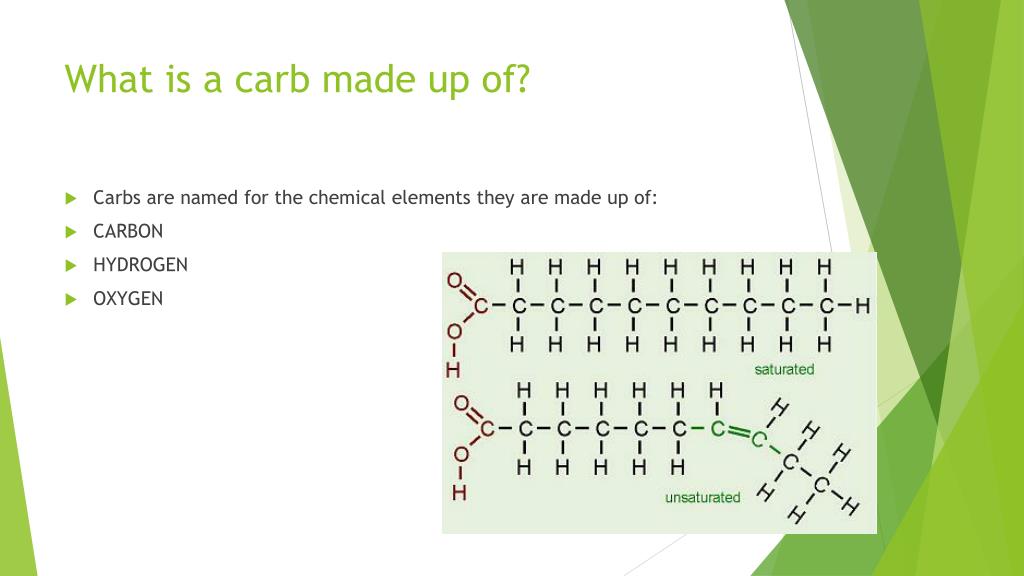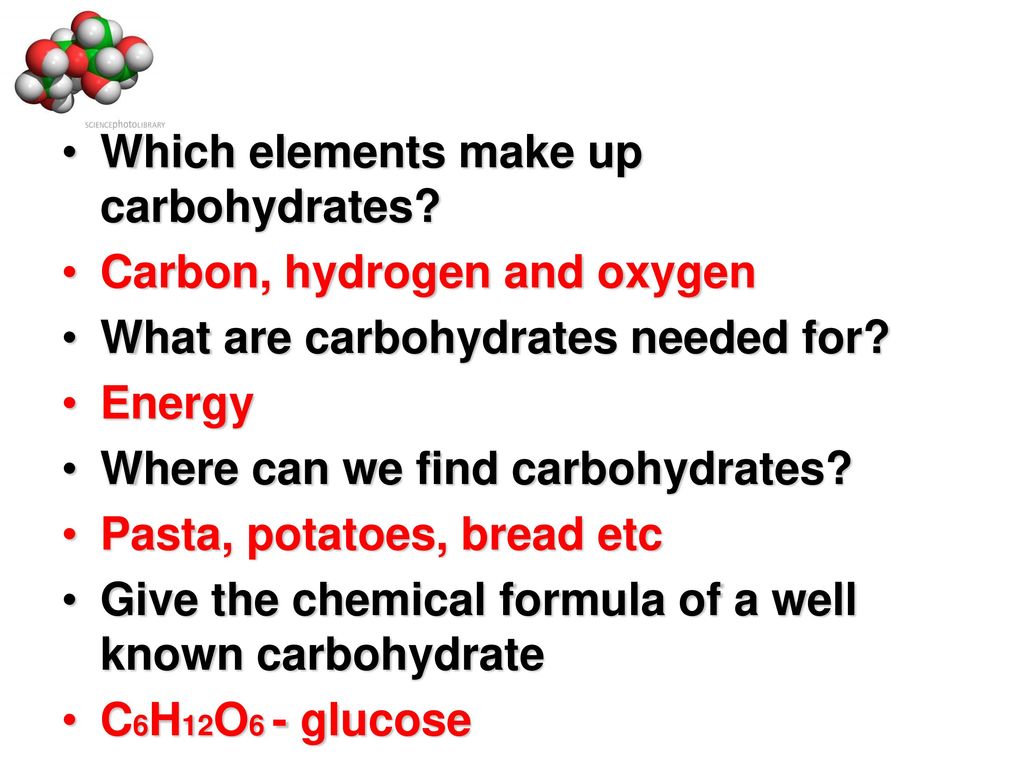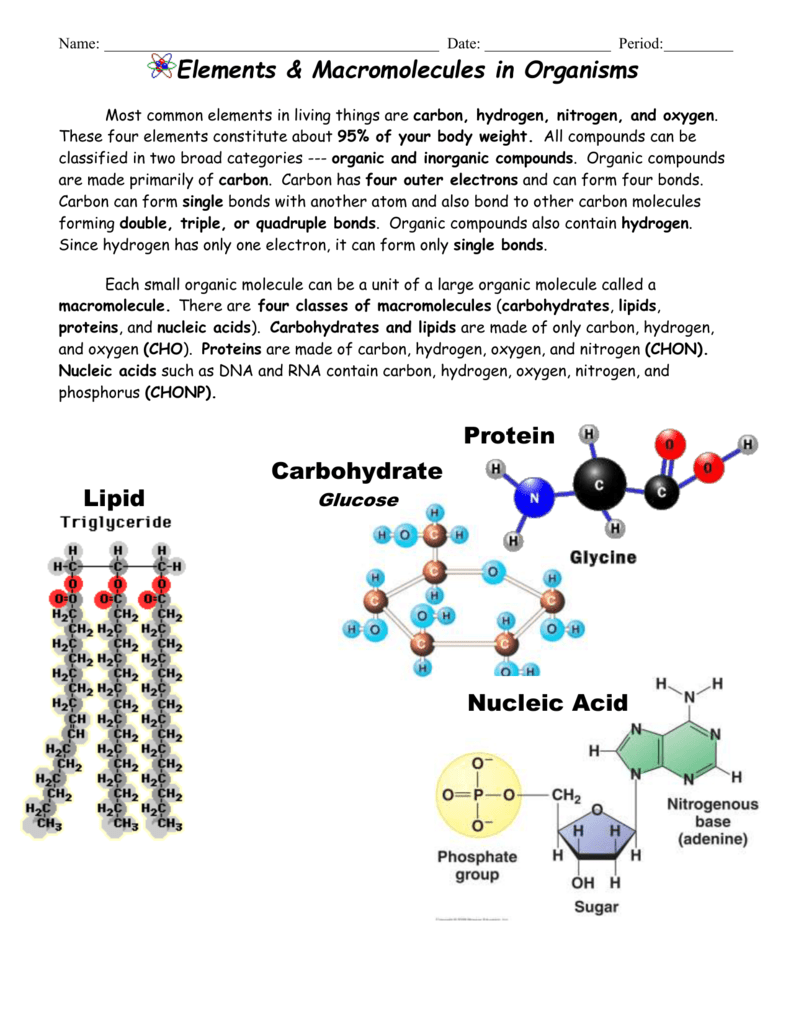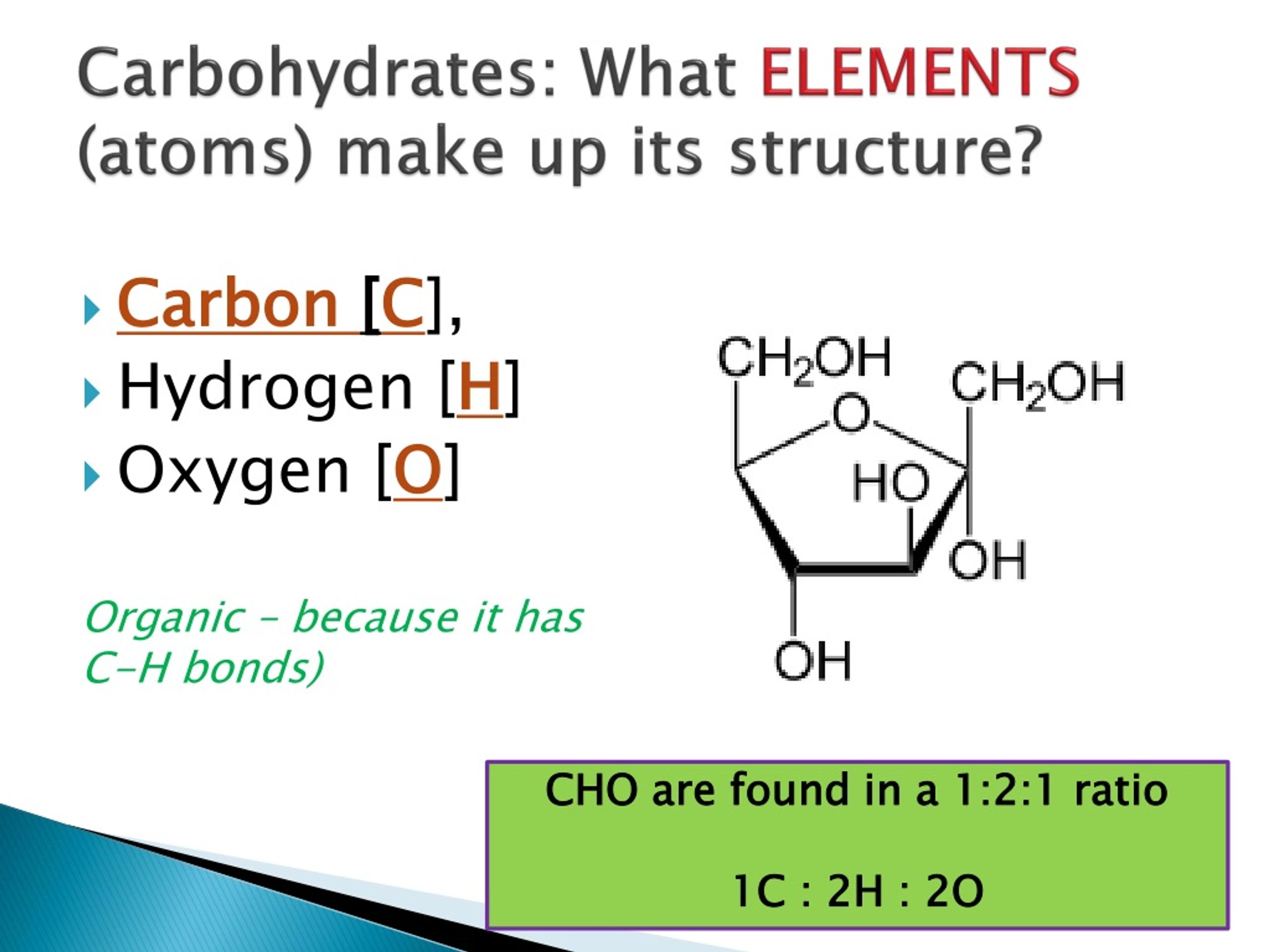What Three Elements Make Up Carbohydrates
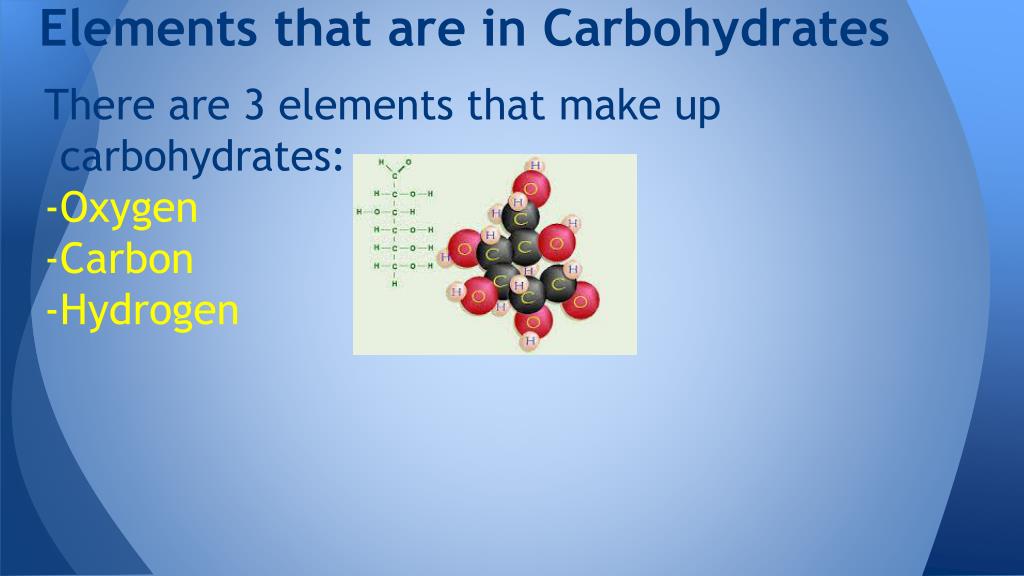
In an era dominated by diet fads and nutritional misinformation, understanding the fundamental building blocks of our food has never been more crucial. Carbohydrates, often demonized yet essential, are at the heart of this nutritional discourse. But what truly makes up a carbohydrate, and why is this knowledge so vital for our health?
This article delves into the elemental composition of carbohydrates, explaining how these organic compounds are constructed and why this structure dictates their function in our bodies. We will explore the three key elements involved: carbon, hydrogen, and oxygen. This knowledge forms the cornerstone of understanding carbohydrate metabolism, impacting everything from energy levels to long-term health.
The Foundation: Carbon, Hydrogen, and Oxygen
Carbohydrates, at their most basic level, are composed of three elements: carbon, hydrogen, and oxygen. These elements combine in a specific ratio, typically expressed as (CH2O)n, where 'n' represents the number of repeating units. This seemingly simple formula unlocks the door to understanding the complex world of sugars, starches, and fibers.
Carbon: The Backbone
Carbon forms the fundamental backbone of every carbohydrate molecule. Its unique ability to form stable bonds with itself and other elements makes it the ideal scaffolding for complex organic compounds. Carbon's tetravalent nature allows it to bind to four other atoms, creating diverse structures ranging from simple sugars like glucose to complex polysaccharides like cellulose.
Without carbon, the structural integrity of carbohydrates would be impossible. This versatile element allows for the creation of rings and chains, determining the shape and characteristics of the resulting molecule.
Hydrogen: Providing Saturation
Hydrogen atoms attach to the carbon backbone, saturating the molecule and contributing to its overall energy content. Hydrogen's presence is crucial for the stability and reactivity of carbohydrates.
It participates in various biochemical reactions, including the breaking and formation of bonds during carbohydrate metabolism. The ratio of hydrogen to carbon and oxygen is a key indicator of whether a compound is a carbohydrate.
Oxygen: Enabling Reactivity
Oxygen plays a vital role in the reactivity and solubility of carbohydrates. The presence of oxygen atoms, particularly in the form of hydroxyl (OH) groups, makes carbohydrates hydrophilic, meaning they dissolve readily in water.
This solubility is essential for their transport and metabolism within the body. Oxygen also contributes to the energy released when carbohydrates are broken down during cellular respiration.
The Ratio: (CH2O)n and its Significance
The general formula (CH2O)n highlights the characteristic ratio of carbon, hydrogen, and oxygen found in carbohydrates. This ratio is often the first clue scientists use to identify a compound as a carbohydrate.
However, it's important to note that this formula is a generalization and doesn't perfectly apply to all carbohydrates. Some complex carbohydrates may have slight variations in this ratio.
Understanding this ratio provides insight into the potential energy content of a carbohydrate. The more carbon and hydrogen atoms present, the more energy the molecule can potentially release when metabolized.
From Elements to Structures: A Hierarchical View
The three elements combine to form various carbohydrate structures, from simple sugars (monosaccharides) to complex carbohydrates (polysaccharides). This hierarchical structure determines how our bodies digest and utilize these nutrients.
Monosaccharides: The Simplest Sugars
Monosaccharides, like glucose and fructose, are the simplest forms of carbohydrates. They consist of a single sugar unit and are readily absorbed into the bloodstream.
Glucose, often referred to as blood sugar, is the primary energy source for our cells. Fructose, found in fruits and honey, is sweeter than glucose and metabolized differently.
Disaccharides: Two Sugars Linked
Disaccharides are formed when two monosaccharides are joined together through a glycosidic bond. Common examples include sucrose (table sugar) and lactose (milk sugar).
Sucrose is composed of glucose and fructose, while lactose is made up of glucose and galactose. These disaccharides must be broken down into their constituent monosaccharides before they can be absorbed.
Polysaccharides: Complex Carbohydrates
Polysaccharides are long chains of monosaccharides linked together. They include starches, fibers, and glycogen. Starches are the primary energy storage form in plants, while glycogen is the storage form in animals.
Fiber, a crucial component of a healthy diet, is a type of polysaccharide that the human body cannot digest. It plays an important role in regulating blood sugar levels and promoting gut health.
The Importance of Understanding Carbohydrate Composition
A fundamental understanding of carbohydrate composition empowers individuals to make informed dietary choices. It allows for a more nuanced approach to nutrition, moving beyond simplistic notions of "good" and "bad" carbs.
By recognizing the different types of carbohydrates and their constituent elements, individuals can tailor their diets to meet their specific energy needs and health goals. This knowledge is particularly crucial for managing conditions like diabetes, where blood sugar control is paramount.
Furthermore, it helps dispel common misconceptions about carbohydrates. The demonization of all carbohydrates is often based on a misunderstanding of their diverse forms and functions.
"Not all carbs are created equal," emphasizes Dr. Emily Carter, a registered dietitian. "Understanding the difference between simple and complex carbohydrates is key to maintaining a healthy diet."
Looking Ahead: The Future of Carbohydrate Research
Ongoing research continues to uncover the complex roles carbohydrates play in human health and disease. Scientists are exploring the impact of different carbohydrate types on gut microbiota composition and their link to chronic diseases.
Future research will likely focus on developing personalized dietary recommendations based on an individual's genetic makeup and metabolic profile. This will allow for a more targeted approach to carbohydrate consumption, optimizing health outcomes and preventing disease.
Ultimately, a solid foundation in the elemental composition of carbohydrates provides a powerful tool for navigating the complexities of nutrition and promoting overall well-being. By understanding the fundamental building blocks of these essential nutrients, we can make informed choices that support our health and vitality.
